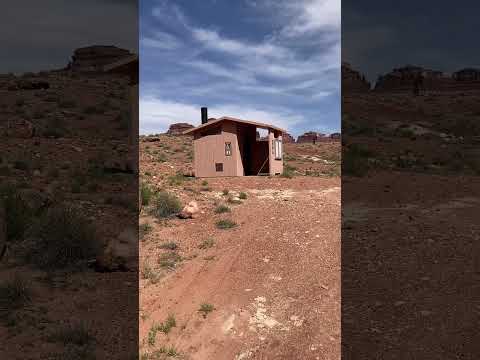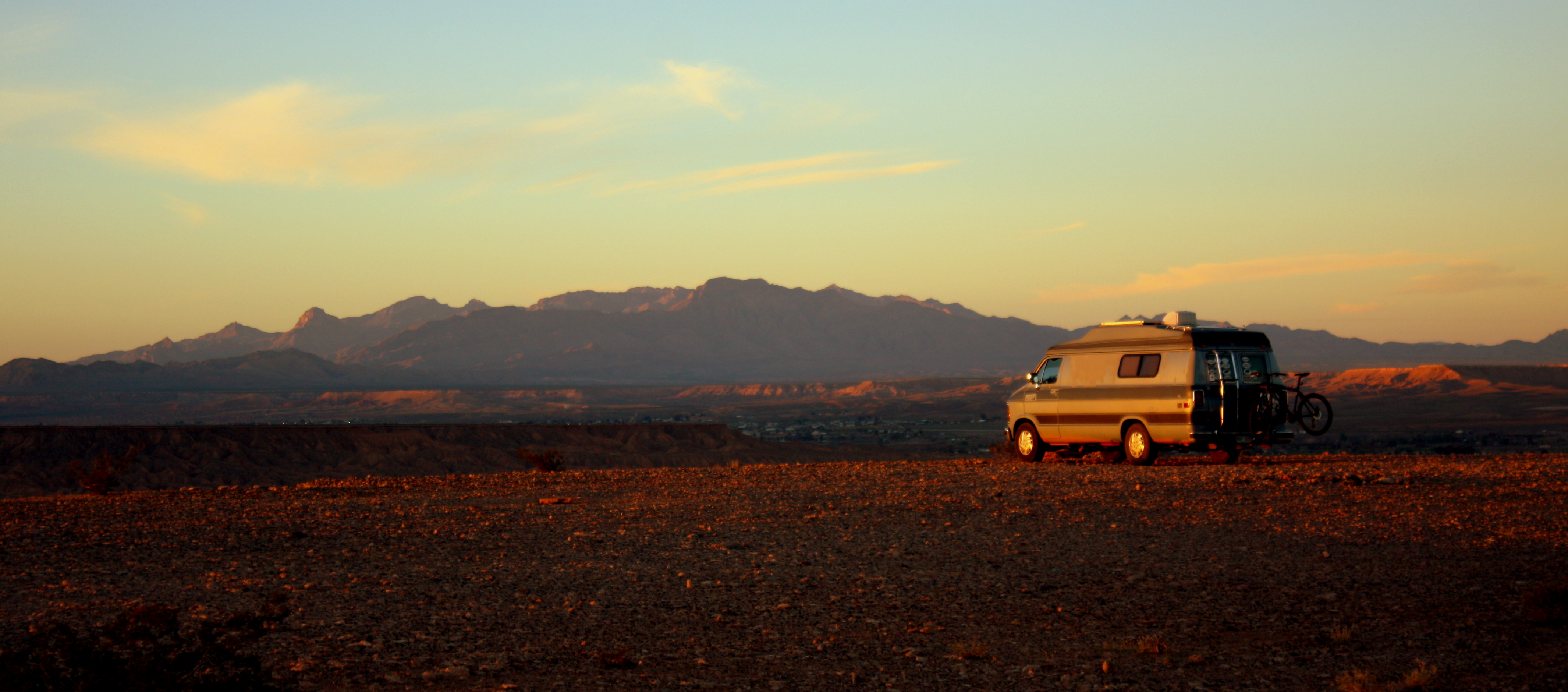

It’s a good idea to keep an old-fashioned road atlas handy to use as a backup. They also aren’t always shown on Google Maps. Keep in mind that the service roads can be pretty narrow and hard to find. Since there are no designated camping spots when you’re dispersed camping, one of the best ways to find a campsite is by looking for places where other people have camped before you. You can usually find these by driving off one of the service roads and keeping an eye out for a wide space that looks like it would be suitable for camping. You can then check and see if there are any fire rings that the other campers left behind. You may have to venture a bit further from the main attractions, but you’re likely to have a spectacular piece of nature all to yourself! Finding a Site to Set Up Camp Most national parks are surrounded by national forests or BLM areas where dispersed camping is allowed. It’s a good idea to check before you venture to the park whether or not dispersed camping is allowed. If it’s banned at the park you had your eye on and the designated campgrounds are all full, don’t despair. Some of the most popular national parks, such as Yellowstone, only allow camping at designated campgrounds. As the saying goes, one bad apple can ruin the entire bunch, and you certainly don’t want to be that bad apple!
#Whats boondocking free#
As a general rule, dispersed camping isn’t allowed within a mile of developed recreation areas, like trailheads, picnic areas, or campgrounds. It’s extremely important that you follow the camping rules and fire restrictions, as this allows other people to continue free camping and boondocking. You should also double-check what the rules are concerning campfires, camping by water sources, and how close you can get to designated campgrounds.

After the 14 days have passed, you might have to move at least five driving miles away to a new spot. If you’re considering hanging out for a while, check whether this is allowed.

It’s usually around 14 days in national parks and Bureau of Land Management (BLM) areas, but this doesn’t necessarily mean you can stay in the same spot for all 14 days. You don’t want to accidentally break any of the rules! Limitationsĭon’t forget that there are also limitations on how long you can camp at a particular spot. While you usually won’t need a special permit, it’s always a good idea to make sure. You’ll want to check where dispersed camping is allowed and whether or not you need permits to camp there. When you arrive in a park, one of the first things you should do is head over to the ranger station or visitor center. These rules aim to protect the environment and natural resources as much as possible. There is usually a set of strict rules in place regarding dispersed camping locations. In the following post, we talk about where you can camp, what things you need to consider before doing it, and the pros and cons of it in order to help you prepare for your next camping experience!ĭispersed camping gives you a huge amount of flexibility regarding where to camp, but it doesn’t give you permission to camp anywhere you like. While it may seem intimidating at first to simply head into the woods and find a place to camp, in reality, it’s an amazing adventure for many people. However, keep in mind that dispersed camping means there are no services such as trash removal and no facilities like bathrooms, fire pits, picnic tables, kitchens, or even water spigots. You can hike and drive when dispersed camping, making it a great option for RVers. Forest Service, dispersed camping is a term used to describe camping anywhere in a national forest or on public land outside of a designated campground. Also known as primitive camping or boondocking, dispersed camping differs greatly from camping in campgrounds, and it requires slightly different skills and equipment unless you’re camping in a self-contained RV. Rest assured, though-everyone can do it, as long as they’re adequately prepared for it!


 0 kommentar(er)
0 kommentar(er)
